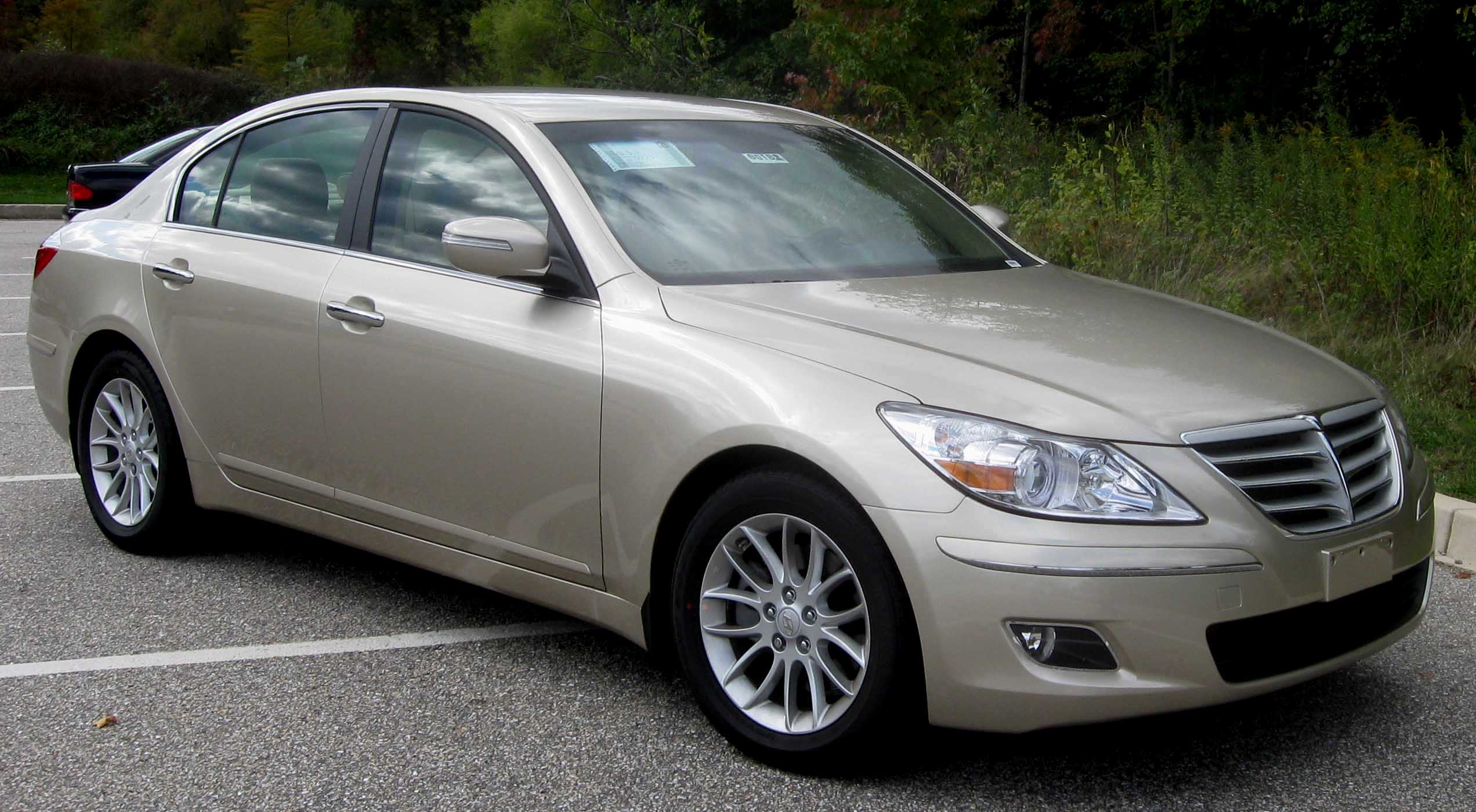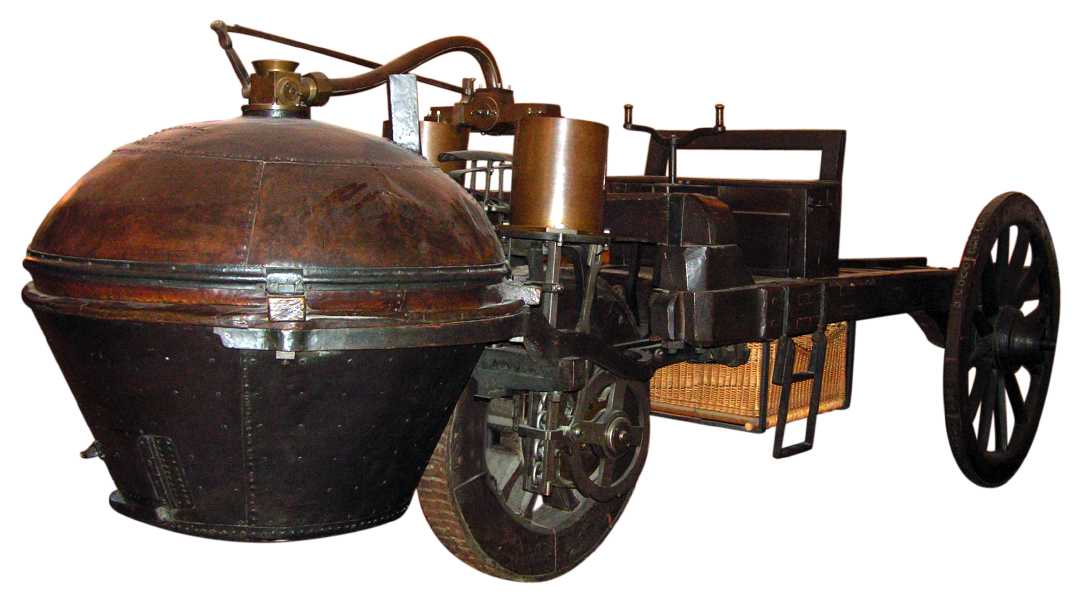|
Tatra 10
The NW type U is an Edwardian era automobile manufactured by Nesselsdorfer Wagenbau-Fabriks-Gesellschaft A.G. (NW, now known as Tatra). After the success of Type S, models NW T (four-cylinder) and NW U (six-cylinder) were launched. Both types were again OHC design with hemispherical combustion chambers with the cylinders cast in one piece with the engine block. As the company changed its name the model was renamed to Tatra 10 in 1919. The production version was able to reach . The Type U was fitted with brakes on all four wheels, probably the first production car in the world with such brake system. References {{Tatra models 10 Tatra 10 Tatra 10 Cars of the Czech Republic Rear-wheel-drive vehicles [Baidu] |
Tatra (company)
Tatra is a Czech vehicle manufacturer from Kopřivnice. It is owned by the ''Tatra Trucks'' company, and it is the third oldest company in the world producing cars with an unbroken history. The company was founded in 1850 as ''Ignatz Schustala & Cie'', in 1890 renamed in German ''Nesselsdorfer Wagenbau-Fabriksgesellschaft'' when it became a wagon and carriage manufacturer. In 1897, Tatra produced the first motor car in central Europe, the Präsident automobile. In 1918, it changed its name to ''Kopřivnická vozovka a.s.'', and in 1919 it changed from the Nesselsdorfer marque to the ''Tatra'' badge, named after the nearby Tatra Mountains on the Czechoslovak- Polish border (now on the Polish- Slovak border). During World War II Tatra was instrumental in the production of trucks and tank engines for the German war effort. Production of passenger cars ceased in 1999, but the company still produces a range of primarily all-wheel-drive trucks, from 4×4 to 18×18. The brand is ... [...More Info...] [...Related Items...] OR: [Wikipedia] [Google] [Baidu] |
Rear-wheel-drive Vehicles
Rear-wheel drive (RWD) is a form of engine and transmission layout used in motor vehicles, in which the engine drives the rear wheels only. Until the late 20th century, rear-wheel drive was the most common configuration for cars. Most rear-wheel drive vehicles feature a longitudinally-mounted engine at the front of the car. Layout The most common layout for a rear-wheel drive car is with the engine and transmission at the front of the car, mounted longitudinally. Other layouts of rear-wheel drive cars include front-mid engine, rear-mid engine, and rear-engine. Some manufacturers, such as Alfa Romeo, Lancia, Porsche (944, 924, 928) and Chevrolet (C5, C6, and C7 Corvettes), place the engine at the front of the car and the transmission at the rear of the car, in order to provide a more balanced weight distribution. This configuration is often referred to as a transaxle since the transmission and axle are one unit. History 1890s to 1960s Many of the cars built in the 19t ... [...More Info...] [...Related Items...] OR: [Wikipedia] [Google] [Baidu] |
Cars Of The Czech Republic
A car or automobile is a motor vehicle with wheels. Most definitions of ''cars'' say that they run primarily on roads, seat one to eight people, have four wheels, and mainly transport people instead of goods. The year 1886 is regarded as the birth year of the car, when German inventor Carl Benz patented his Benz Patent-Motorwagen. Cars became widely available during the 20th century. One of the first cars affordable by the masses was the 1908 Model T, an American car manufactured by the Ford Motor Company. Cars were rapidly adopted in the US, where they replaced animal-drawn carriages and carts. In Europe and other parts of the world, demand for automobiles did not increase until after World War II. The car is considered an essential part of the developed economy. Cars have controls for driving, parking, passenger comfort, and a variety of lights. Over the decades, additional features and controls have been added to vehicles, making them progressively more complex. These ... [...More Info...] [...Related Items...] OR: [Wikipedia] [Google] [Baidu] |
1920s Cars
Nineteen or 19 may refer to: * 19 (number), the natural number following 18 and preceding 20 * one of the years 19 BC, AD 19, 1919, 2019 Films * ''19'' (film), a 2001 Japanese film * ''Nineteen'' (film), a 1987 science fiction film Music * 19 (band), a Japanese pop music duo Albums * ''19'' (Adele album), 2008 * ''19'', a 2003 album by Alsou * ''19'', a 2006 album by Evan Yo * ''19'', a 2018 album by MHD * ''19'', one half of the double album '' 63/19'' by Kool A.D. * '' Number Nineteen'', a 1971 album by American jazz pianist Mal Waldron * ''XIX'' (EP), a 2019 EP by 1the9 Songs * "19" (song), a 1985 song by British musician Paul Hardcastle. * "Nineteen", a song by Bad4Good from the 1992 album ''Refugee'' * "Nineteen", a song by Karma to Burn from the 2001 album ''Almost Heathen''. * "Nineteen" (song), a 2007 song by American singer Billy Ray Cyrus. * "Nineteen", a song by Tegan and Sara from the 2007 album '' The Con''. * "XIX" (song), a 2014 song by Slipkn ... [...More Info...] [...Related Items...] OR: [Wikipedia] [Google] [Baidu] |
Cars Introduced In 1919
A car or automobile is a motor vehicle with wheels. Most definitions of ''cars'' say that they run primarily on roads, seat one to eight people, have four wheels, and mainly transport people instead of goods. The year 1886 is regarded as the birth year of the car, when German inventor Carl Benz patented his Benz Patent-Motorwagen. Cars became widely available during the 20th century. One of the first cars affordable by the masses was the 1908 Model T, an American car manufactured by the Ford Motor Company. Cars were rapidly adopted in the US, where they replaced animal-drawn carriages and carts. In Europe and other parts of the world, demand for automobiles did not increase until after World War II. The car is considered an essential part of the developed economy. Cars have controls for driving, parking, passenger comfort, and a variety of lights. Over the decades, additional features and controls have been added to vehicles, making them progressively more complex. Th ... [...More Info...] [...Related Items...] OR: [Wikipedia] [Google] [Baidu] |
Tatra Vehicles
Tatra may refer to: * Tatra Mountains, a mountain range in Slovakia and Poland ** Tatra County, an administrative division of Poland in the region of the Tatra Mountains ** Tatra National Park, Poland, a national park in Poland ** Tatra National Park, Slovakia, a national park in Slovakia * Low Tatras, a mountain range in Slovakia * "Tatra Tiger", the nickname for the economy of Slovakia during its high growth period since 1998 * Tatra (company), a car and truck manufacturer from the Czech Republic * ČKD Tatra, a producer of trams from the Czech Republic * Tatra, Estonia, a village in Tartu County, Estonia * Tátra-class destroyer, a torpedo boat class of the Austro-Hungarian Navy * Tatra pine vole, a species of vole * FK Tatra Kisač, a football club in Serbia * Tatra, a Czech brand of milk produced in Hlinsko * Tatra, a Polish brand of beer produced by the Żywiec Brewery See also * Tatar (other) Tatars is an umbrella term for different Turkic ethnic groups bearing th ... [...More Info...] [...Related Items...] OR: [Wikipedia] [Google] [Baidu] |
History Of The Automobile
Development of the automobile started in 1672 with the invention of the first steam-powered vehicle, which led to the creation of the first steam-powered automobile capable of human transportation, built by Nicolas-Joseph Cugnot in 1769. Inventors began to branch out at the start of the 19th century, creating the De Rivaz engine, de Rivas engine, one of the first internal combustion engines, and an early electric motor. Samuel Brown (engineer), Samuel Brown later tested the first industrially applied internal combustion engine in 1826. Development was hindered in the mid-19th century by a backlash against large vehicles, yet progress continued on some internal combustion engines. The engine evolved as engineers created Two-cycle, two- and four-cycle combustion engines and began using gasoline as fuel. The first practical modern automobile and the first car put into series production appeared in 1886, when Carl Benz developed a gasoline-powered automobile and made several identi ... [...More Info...] [...Related Items...] OR: [Wikipedia] [Google] [Baidu] |
Kopřivnice
Kopřivnice (; german: Nesselsdorf) is a town in the Moravian-Silesian Region of the Czech Republic. It has about 21,000 inhabitants. It is an industrial town, known especially for the vehicle manufacturer Tatra. Administrative parts Villages of Lubina, Mniší and Vlčovice are administrative parts of Kopřivnice. Geography Kopřivnice lies in the Moravian-Silesian Foothills. In the south it extends to the Podbeskydí Nature Park. The highest point of the municipal territory is the hill Pískovna at above sea level. The town lies on the Kopřivnička Stream, a tributary of the Lubina River, which flows through the northern and eastern part of the territory. Větřkovice Reservoir is located in the territory. Completed in 1976, it serves as a water supply for the Tatra Trucks company and the industrial zone, as a recreational area, and for fish farming. History The Šoštýn Castle was founded in around 1280–1290 and was first documented in 1347. The settlement was probabl ... [...More Info...] [...Related Items...] OR: [Wikipedia] [Google] [Baidu] |
Hans Ledwinka
Hans Ledwinka (14 February 1878 – 2 March 1967) was an Austrian automobile designer. Youth Ledwinka was born in Klosterneuburg (Lower Austria), near Vienna, then part of the Austro-Hungarian Empire. He started his career as a mechanic, and later studied in Vienna. As a young man he worked for Nesselsdorfer-Wagenbau in Nesselsdorf, the company that later became Tatra in Moravia. He was first employed in the construction of railroad cars, and later involved in the production of the first cars made by this firm. He designed the 5.3-litre, six-cylinder Type U motor car. In the midst of World War I in May 1916 he accepted directorship at Steyr, initially working at home and moving there permanently in 1917. Chief designer at Tatra Ledwinka returned to Tatra company (originally Nesselsdorfer-Wagenbau) in Kopřivnice (Nesselsdorf), then in Czechoslovakia, and between 1921 and 1937 he was their chief design engineer. He invented the frameless central tubular chassis (so-cal ... [...More Info...] [...Related Items...] OR: [Wikipedia] [Google] [Baidu] |
Tatra 20
Nesselsdorf (NW) type T was a luxury car. As the company changed its name the model was renamed to Tatra 20 in 1919. It was successor to the highly successful model NW type S. It was made at the same time as NW type U until 1925, when both of the models were replaced by Tatra 17. It is currently a vintage model, with only three examples known to exist. BMW owns one, while another is owned by a U.S. car collector. Design Engine The engine NW T was a four stroke OHC water cooled inline four A straight-four engine (also called an inline-four) is a four-cylinder piston engine where cylinders are arranged in a line along a common crankshaft. The vast majority of automotive four-cylinder engines use a straight-four layout (with the e .... It had a capacity of 3563 cc, which gave an output of . The first T20s had to be started manually while later T20s had Bosch electric starters. The same engine was also used in NW TL-2 and NW TL-4 trucks. Chassis The car had solid fron ... [...More Info...] [...Related Items...] OR: [Wikipedia] [Google] [Baidu] |




